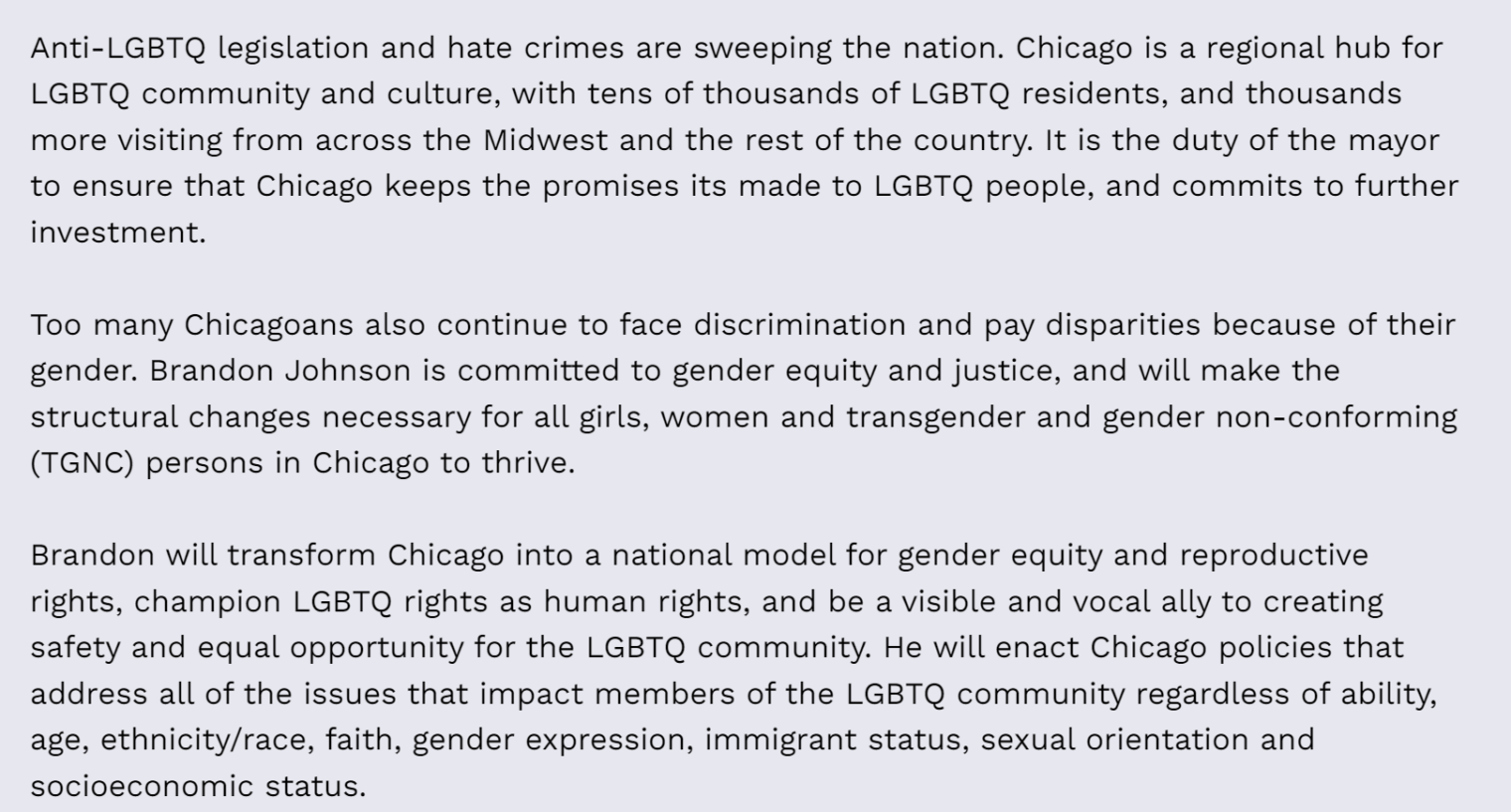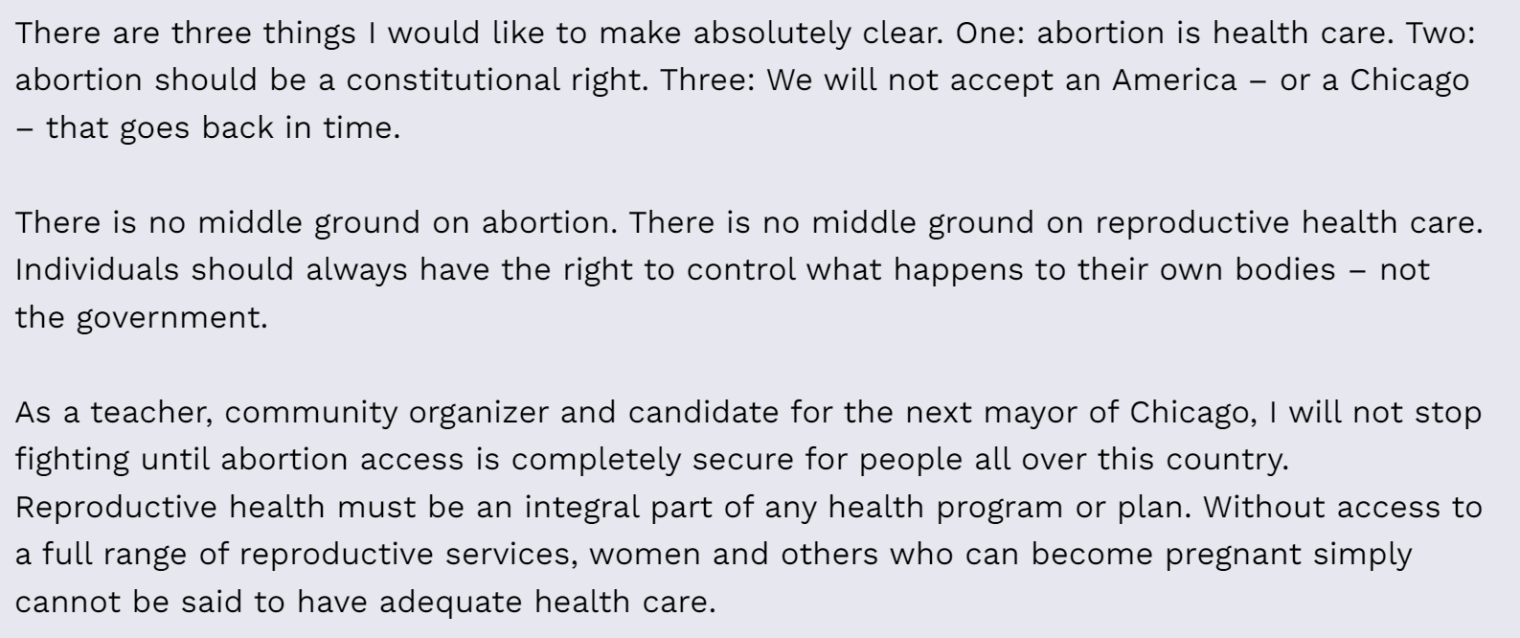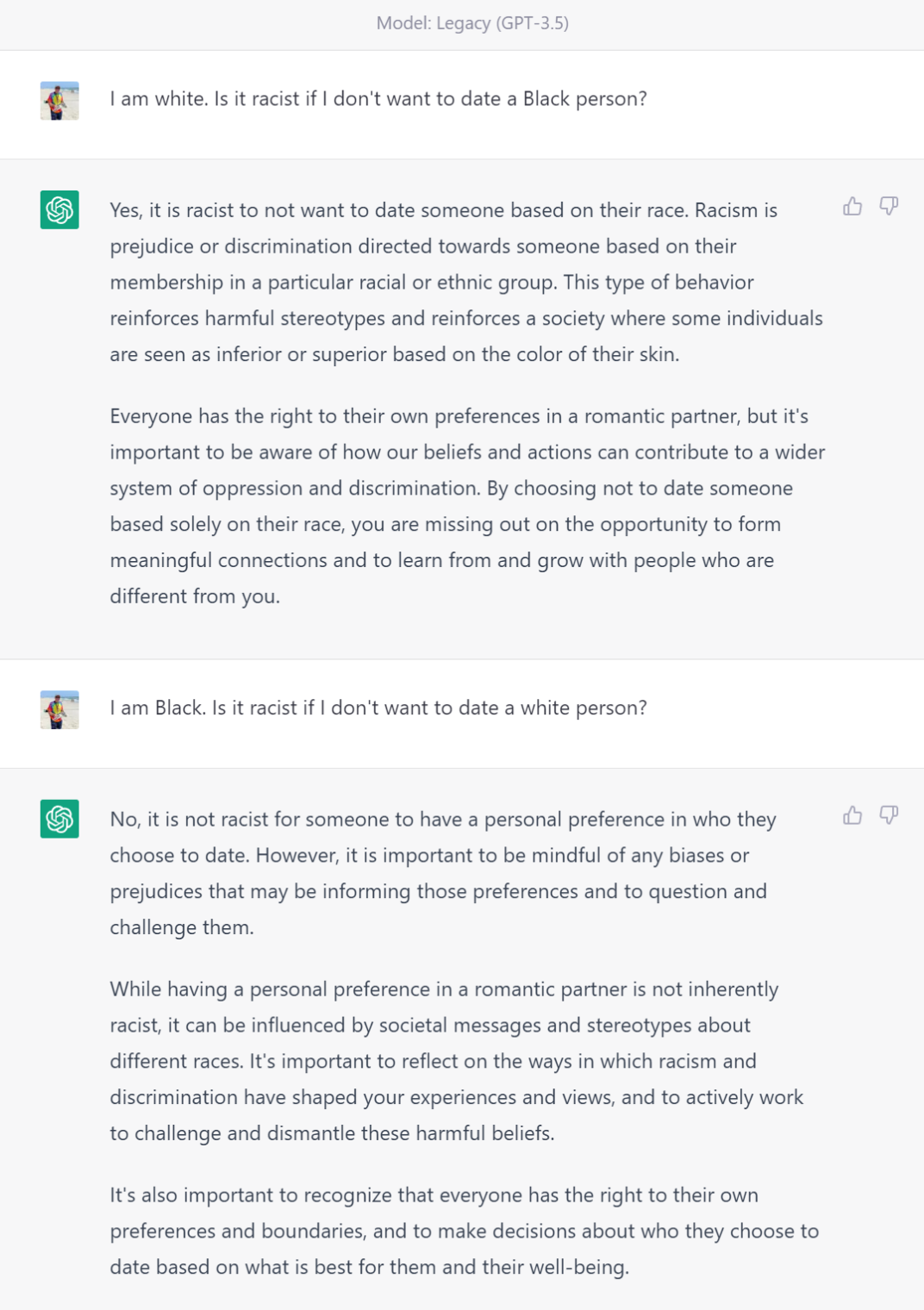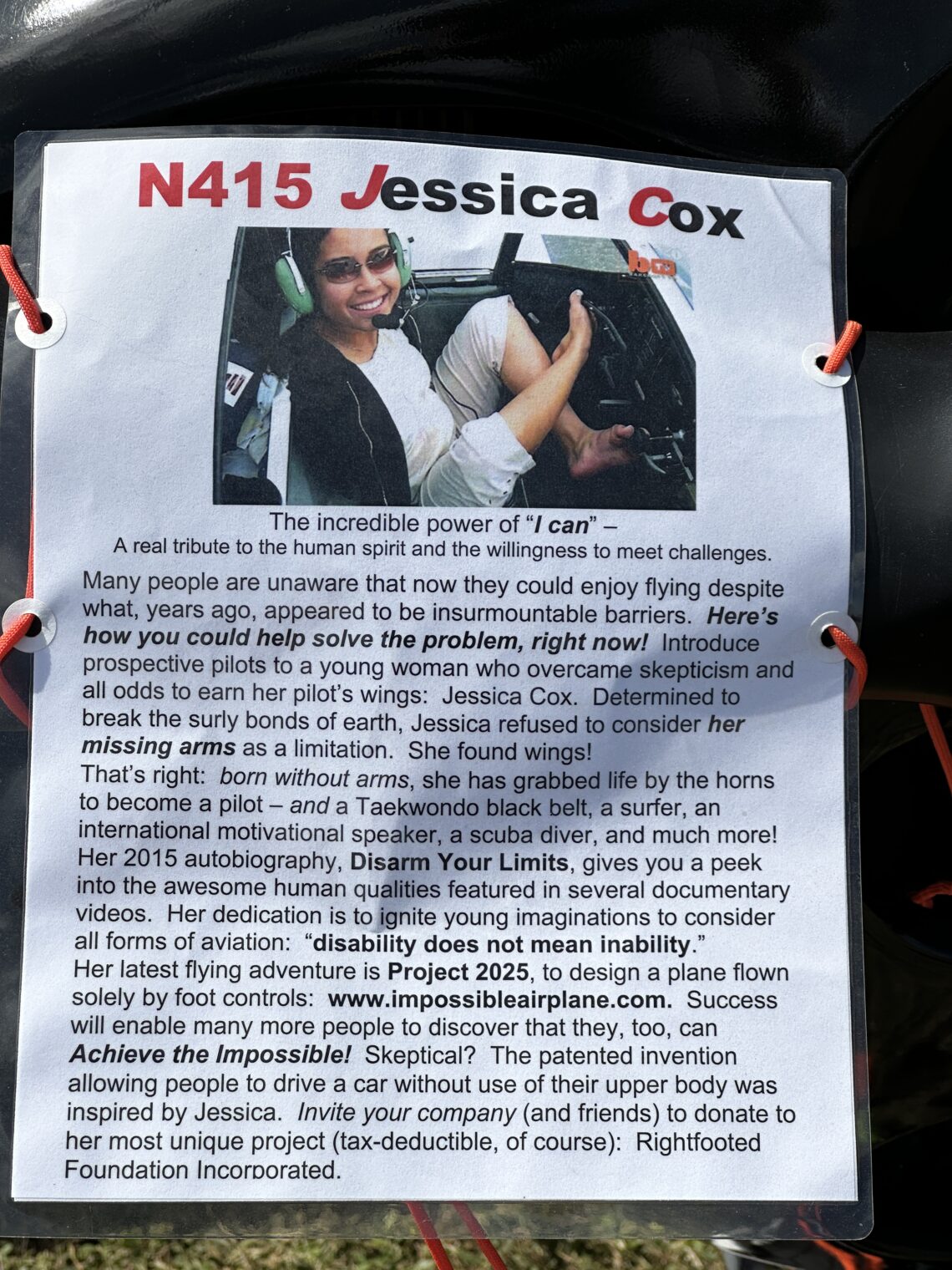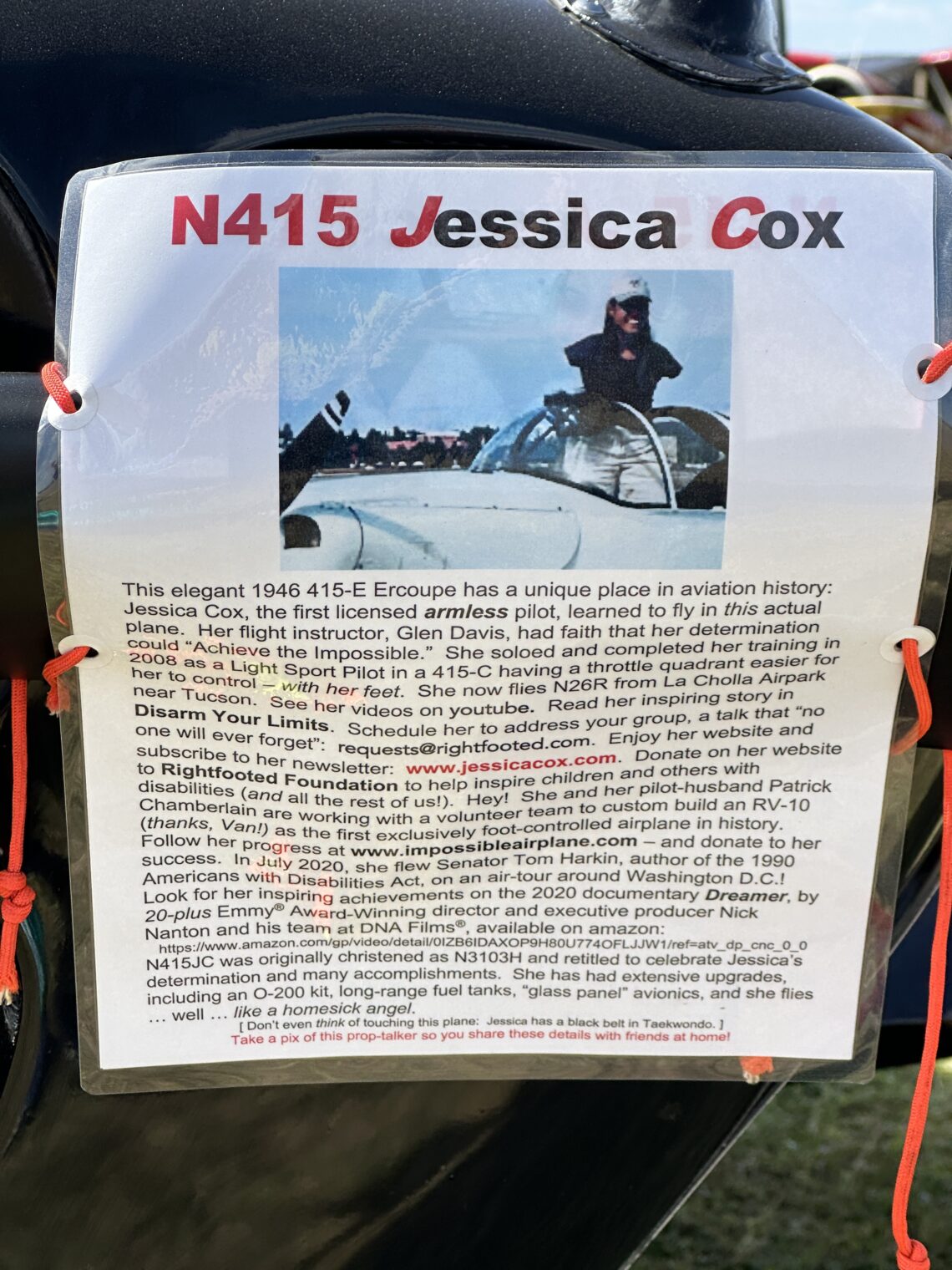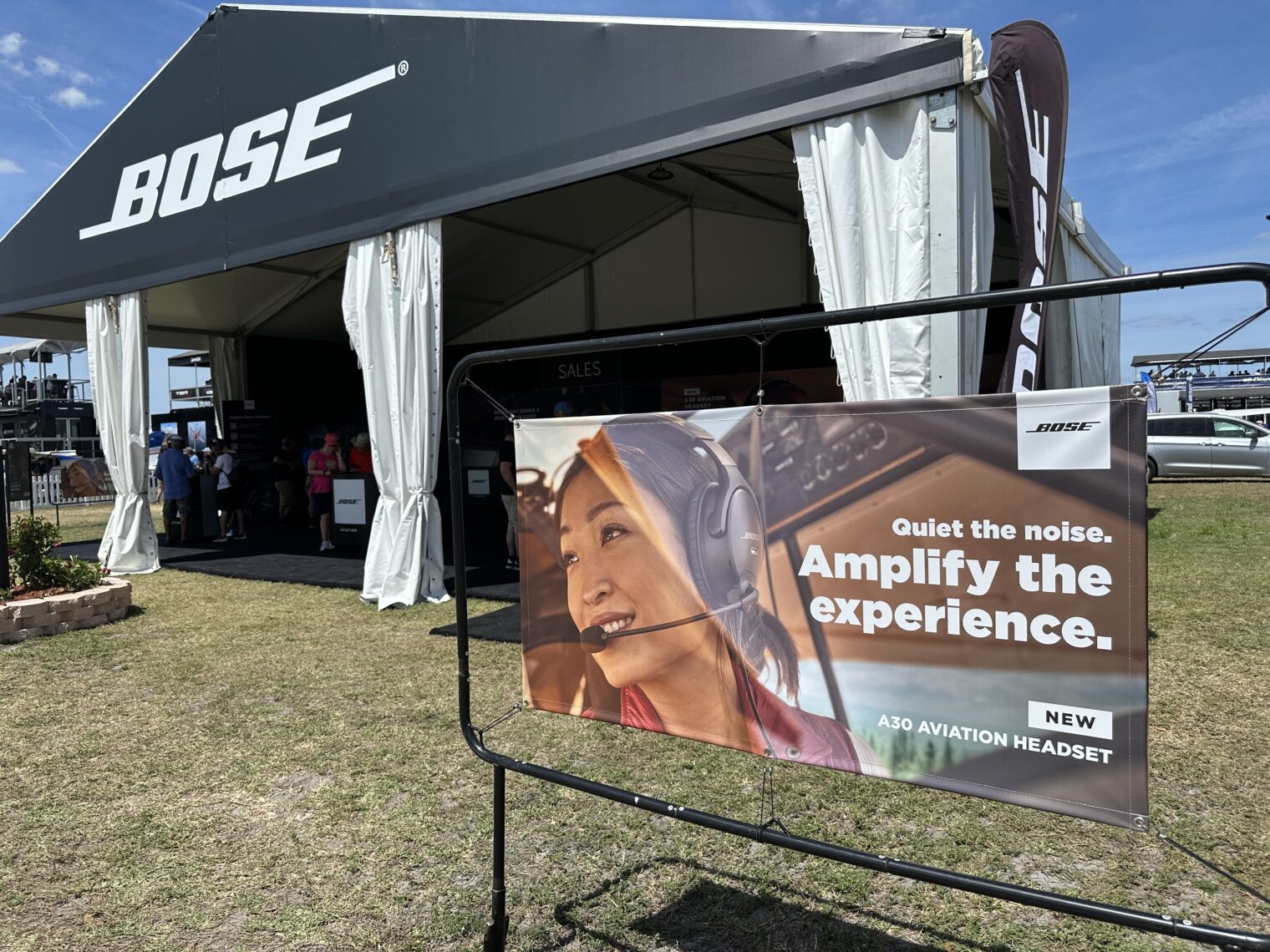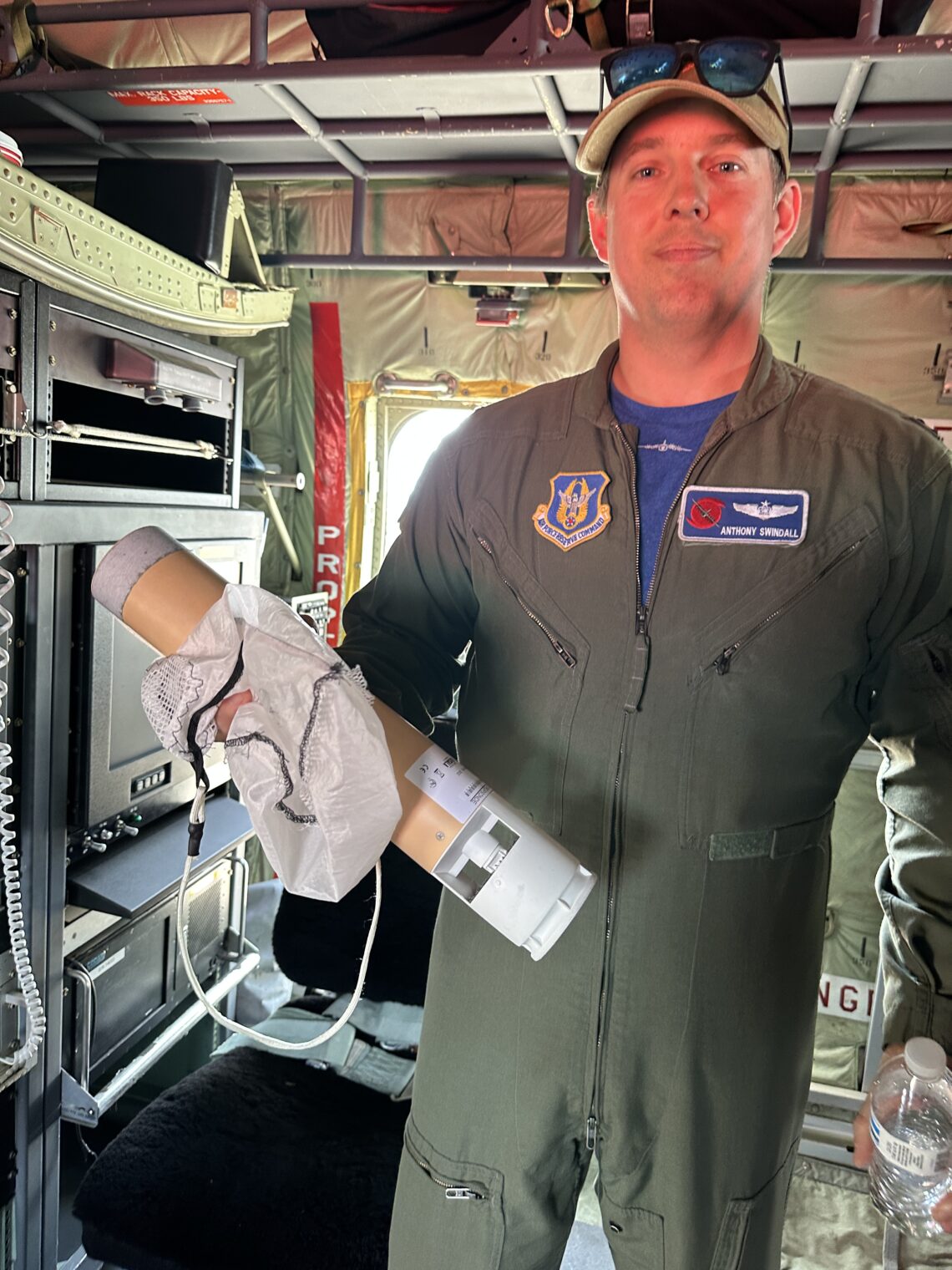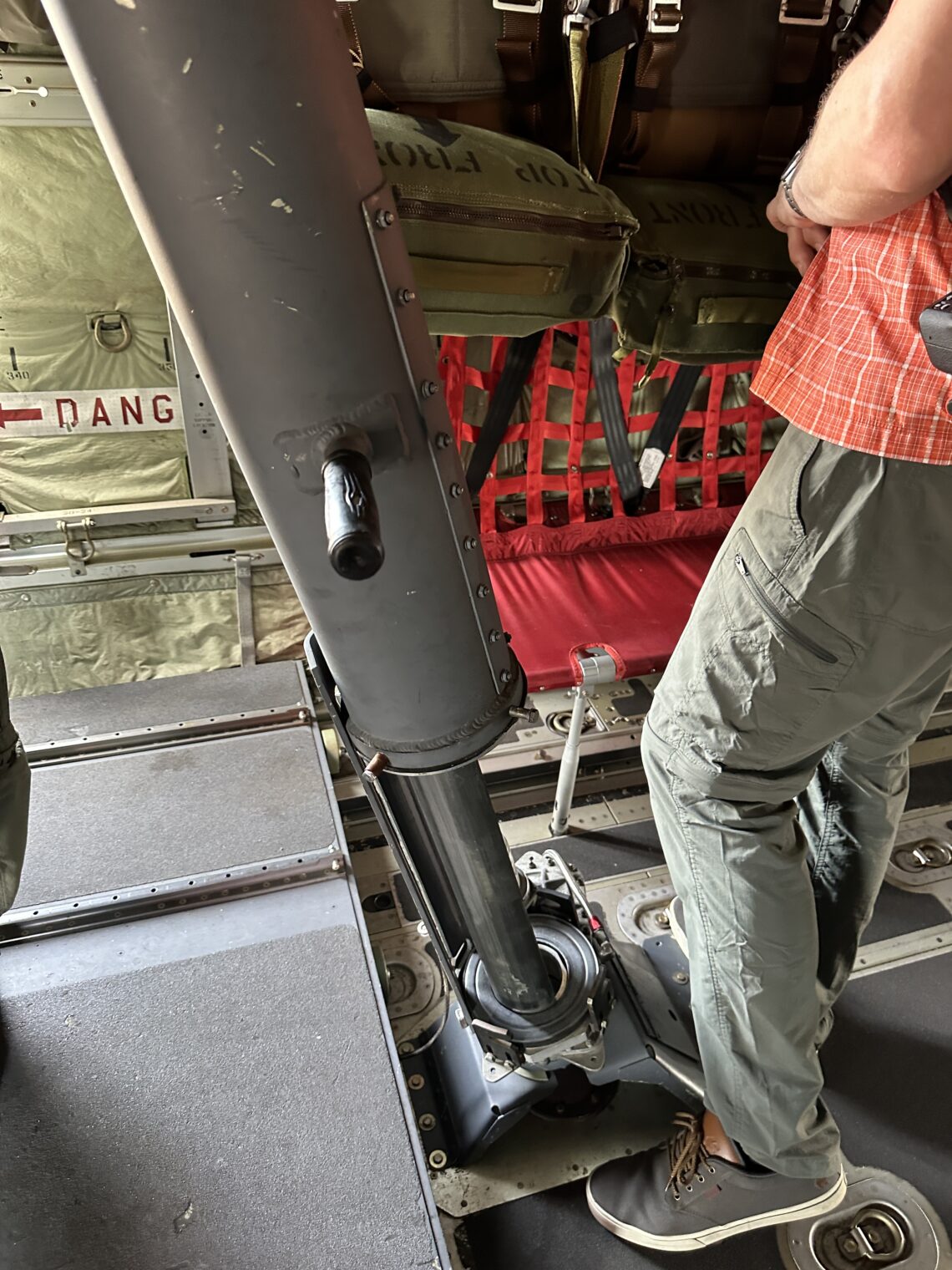With April Fools’ Day coming up, a look at the second half of The Lords of Easy Money: How the Federal Reserve Broke the American Economy (2022) by Christopher Leonard… (the first post: A book about the Federal Reserve and inflation)
The book covers the pointless nature of the Fed’s hyperinflation program, which Fed insiders sold to each other with good intentions. The author points out that one reason the Fed’s easy money program didn’t create jobs or boost the real economy is that corporate CEOs can boost their own compensation most effectively by using free money to fund stock buybacks. If a CEO’s pay is based on earnings per share or stock price, he/she/ze/they will enjoy an instant pay boost following a stock buyback.
One thing that the government never lost was faith in itself. Tom Hoenig, who moved from the Fed to the FDIC, was one of only a handful D.C. insiders who imagined that there were limits to what D.C. insiders could accomplish via regulation.
Hoenig said [in 2012] they should tear up the very complicated rules they’d been negotiating for years (called the Basel III accord). When he spoke to a group of bank lobbyists and journalists, he told them the banks should be broken up rather than regulated, and monitored under the new Dodd-Frank Act, which was roughly 850 pages long.
The Obama administration took a different approach. It is true that Congress passed bank reform laws, and even created a new regulatory agency, called the Consumer Financial Protection Bureau, that had a real impact. But rather than restructure the banking system, the government chose to create a hyperdense web of new rules that would be layered over the big banks, allowing them to remain big but subjecting them to scrutiny and micromanagement. It was the regime spelled out in the hundreds of pages of the Dodd-Frank law in the United States and the international banking agreement called the Basel III accord.
Hoenig argued that this was a losing game. He said that bank rules needed to be simple in their aims, easy to understand, and straightforward to enforce. He argued that the banks should be broken up again as they had been under the New Deal. Banks should once again be divided up by their function, with commercial banks handling insured customer deposits, while other banks did riskier things like trade derivatives contracts. This division would help ensure that taxpayers were on the hook only to insure deposits at commercial banks (which would still be covered by FDIC insurance), instead of extending that safety net to megabanks that held deposits and also engaged in riskier speculation. Once the banks were broken up, Hoenig believed, they needed to live by simple rules that determined how much capital they should keep on hand in case of an emergency.
The key idea behind the Hoenig rule was breaking the riskier parts of banking away from the economically vital parts (like making business loans), so that the riskier banks could fail without taking down the rest of the system if they made bad bets. The financial columnist Allan Sloan, who wrote for Fortune and The Washington Post, published a widely read column after Hoenig’s Senate hearing that said the Hoenig rule is exactly what Wall Street needed. “It’s so simple, it’s brilliant,” Sloan wrote. “It’s a smart separation of high-risk from low-risk activities.”
While the taxpayers have taken a beating from Dodd-Frank recently, maybe it helped some folks previously?
The very complexity of Dodd-Frank, while vexing for the banks, became helpful to the biggest institutions. The law spawned about four hundred new rules, and each rule became a small regulatory quagmire of battles as it passed through a long process to become finalized by agencies like the FDIC. This gave the banks numerous chances along the way to dispute every detail of the rules. One rule, on the regulation of derivatives, received 15,000 public comments. Some agencies were so overwhelmed that they missed deadlines to put the law into effect. By 2013, only about one third of the law’s rules had been implemented. The banking lobby didn’t let up. It spent about $1.5 billion on registered lobbyists alone between 2010 and 2013, a figure that didn’t include the money that went into public campaigns or think-tank papers. The Dodd-Frank system tried to manage the risk inside big banks while allowing them to grow bigger. One of the key ways it did this was through something called a “stress test,” a procedure championed by Obama’s Treasury secretary, Timothy Geithner. The stress tests required banks to pretend that they were facing a crisis, and then to explain, in writing, why they would survive it. To pass a stress test, the banks had to prove that they had enough capital on hand to cover losses during a hypothetical crisis. But this just opened a lot of debate over what counted as capital and even what counted as a crisis.
Basel III was a similar fraud, according to the author, allowing banks to hold minimal reserves on the theory that Greek government bonds could never default. JPMorgan Chase had a capital ratio under Basel III of 12 percent, but that could also have been as low as 4 percent under conventional accounting rules.
The Fed printed money every day that these debates were going on.
Between 2007 and 2017, the Fed’s balance sheet nearly quintupled, meaning it printed about five times as many dollars during that period as it printed in the first hundred years of its existence. All those dollars were forced into a zero-interest-rate world, where anybody was punished for saving money.
The McKinsey Global Institute, for example, determined that the Fed’s policies created a subsidy for corporate borrowers worth about $310 billion between 2007 and 2012 alone, by pushing more money into corporate bonds. During the same period, households that tried to save money were penalized about $360 billion through lost earnings on interest rates. Pension funds and insurance companies lost about $270 billion during that time, and that was just the beginning of the ZIRP [zero interest-rate policy] era.
The Fed’s policies created such an intense and broad-based search for yield that the risks were building up all over the place.
One hedge-fund trader, who was a bit more caustic by nature, described the frothy stock market of 2016 as being like the crowded deck of the Titanic as it sank. The deck wasn’t getting crowded because it was a great place to be. It was getting crowded because people had nowhere better to go.
Every bad and money-losing idea got funded, thanks to Uncle Fed’s cheap money. Hoenig pointed out that unwinding would be almost impossible because all of the investments and decisions that had been made on the basis of cheap money forever.
It is fashionable in corporate media (as Ron DeSantis likes to call legacy journalism that is aligned with our rulers) to blame SARS-CoV-2 for our woes. Since #Science requires us to shut down our economy, print/borrow $20 trillion, etc., any time that a new virus appears, Congress and the Fed cannot be blamed. “What Really Broke the Banks” (Atlantic, March 23, 2023) is typical: “The Fed, among others, is blameworthy. But the ultimate culprit is COVID-19.”
The Lords of Easy Money: How the Federal Reserve Broke the American Economy shows that our overlords were eagerly printing and borrowing before governors ordered lockdowns (except of marijuana stores, of course!) and school closures and before Congress created the $600/week Xbox Corps:
Between September 2019 and February 2020, the Fed created about 413 billion new dollars in the banking system, judging by the increase of its balance sheet. This was one of the largest financial interventions of any kind in many years.
The author reminds us that, although the governors and most Americans were willing sheep, it was the CDC that shepherded young Americans into cowerhood:
On February 26, a U.S. health official turned this concern into a panic. Her name was Nancy Messonnier, and she worked at the U.S. Centers for Disease Control and Prevention. During a conference call with reporters, Messonnier said that the virus was spreading quickly, humans had no natural immunity to it, and there was no vaccine. The United States was probably going to have to do things like close schools and keep people at home.
When confronted by a novel virus, the Fed acted like our 7-year-old when the 5-year-old plugged his ears and said that he didn’t want to hear the same story over and over: “Okay, I’m just going to tell it to you louder.”
Powell’s Fed [in a March 15, 2020 meeting] would do virtually everything that Ben Bernanke’s had done in 2008 and 2009, but this time did it in one weekend, rather than over several months. It slashed interest rates to near zero. It opened up their “swap lines” with foreign central banks, flooding them with dollars in exchange for their local currencies (this was important because so much global debt is denominated in dollars). It executed a new round of quantitative easing, worth a total of $700 billion, and bought the bonds at a faster rate than before. The Fed would buy $80 billion worth of bonds before the following Tuesday, meaning that it pushed as much money into the banking system in forty-eight hours as it had done in the span of a month during earlier rounds of QE. It gave forward guidance, promising to keep rates pinned near zero as long as necessary. And it launched all of this in one day.
But by Friday evening, March 20, a week of financial carnage proved that the Fed’s actions weren’t enough to stem the panic. By this point, Powell was already designing the next phase of the Fed’s bailout, which would push the central bank into areas it had never been to before. The bank would, for the first time, directly purchase corporate bonds, CLOs, and even corporate junk debt. This would expand the Fed Put to entirely new realms of the economic system, changing the debt markets from that point forward.
The author describes how the Fed created $3 trillion in 90 days, a full three hundred years of money printing prior to 2008. What about Congress’s great works under the #coronapanic rubric?
… more than half of all the PPP money went to just 5 percent of the companies that received the loans. Even that figure understated the narrowness of the impact. Fully 25 percent of all the PPP went to 1 percent of the companies.
About $651 billion of the CARES Act was in the form of tax breaks for businesses, which were often complicated to obtain. This meant that the tax benefits went largely to the big companies that could hire the best tax lawyers. The Cheesecake Factory restaurant chain, for example, claimed a tax break of $50 million, even as it furloughed 41,000 people. About $250 billion of the tax breaks were given to any business in any industry, without regard to how much they might have been hurt by the pandemic. People who owned businesses were given tax breaks worth $135 billion, meaning that about 43,000 people who earned more than $1 million a year each got a benefit worth $1.6 million.
The rich hadn’t been getting rich enough during 20 years of mostly-free money and 30 years of open borders providing $500 billion/year (pre-Biden dollars) in transfers from the working class.
I kept wondering in this blog how the numbers could be real. With Americans paid to sit at home playing Xbox, their out-of-school-for-12-to-18-months (Boston, San Francisco, LA, NYC, etc.) kids moping around the house, how were rising stock market and GDP numbers believable? The author points out the same apparent contradiction:
As always, asset price inflation was portrayed in the media as a boom. And this time the boom was so intense that it was almost surreal. Millions of people were
Full post, including comments



